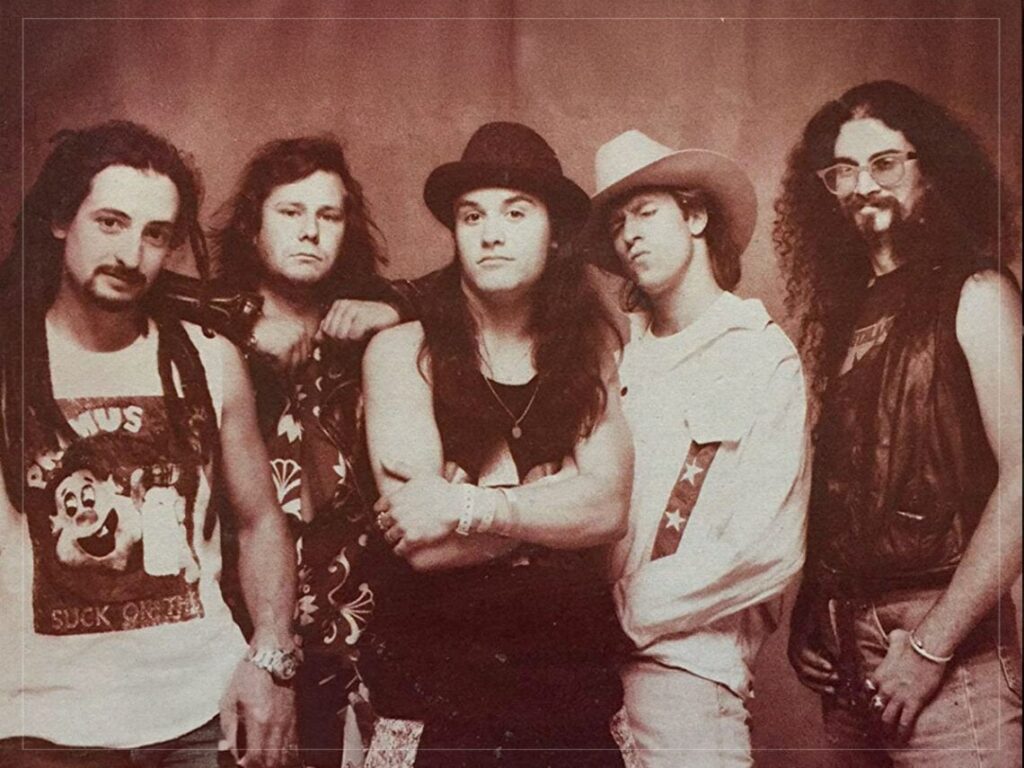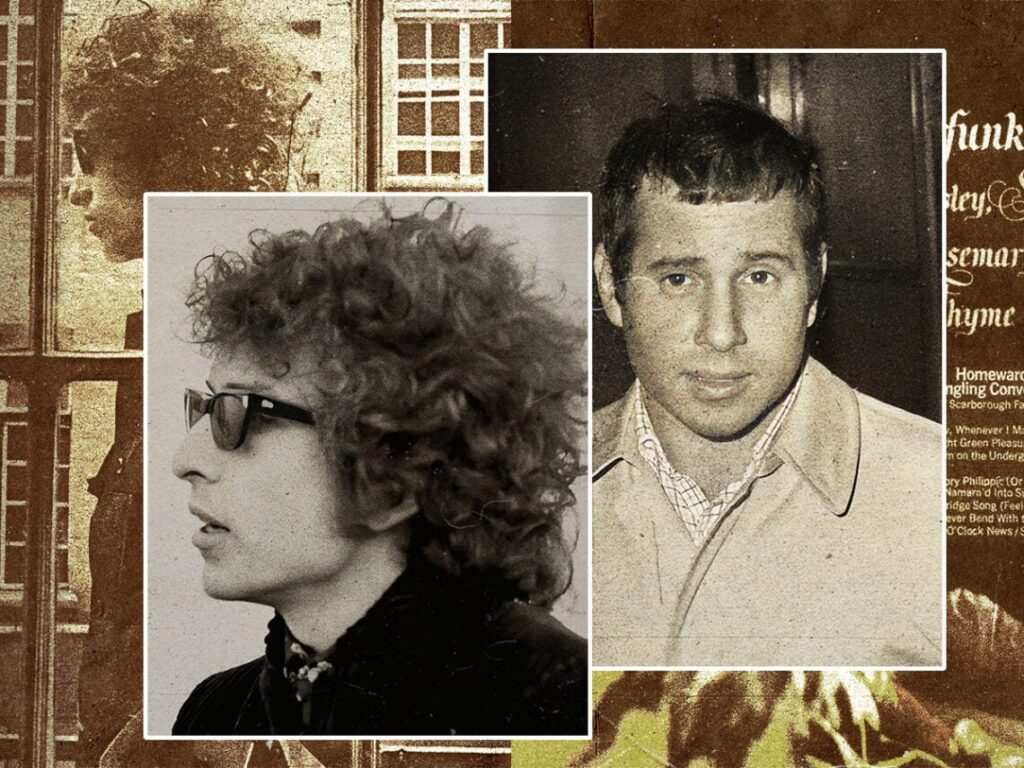Which country has won the most Palme d’Or awards?
 Posted On
Posted On
(Credits: Far Out / Cannes Film Festival)
The Cannes Film Festival has become one of the most important and iconic events on the cinematic calendar, with the Palme d’Or well-established as one of the industry’s most prestigious prizes.
In an age where marketing campaigns and publicity pushes have become just as important as the quality of the movies competing for major awards, there’s something refreshingly simple and old-fashioned about Cannes assembling a jury of industry figures and letting them decide which feature deserves to be named as the best to have screened in competition.
It might be a global event that draws everyone from micro-budget independent and experimental cinema to the masterminds behind effects-laden blockbusters into its orbit, but there are several countries sitting head and shoulders above the rest when it comes to racking up Palmes d’Or like it’s nobody’s business.
Since the first edition of the festival in 1946, the top honour was initially called the Grand Prix du Festival International before being rebranded as the Palme d’Or in 1955, with the Grand Prix taking over again between 1964 and 1975. However, regardless of what moniker it was carrying, it’s become clear that the odds are stacked heavily in favour of a select few nations.
The United Kingdom has been responsible for nine winners, extending from David Lean’s Brief Encounter to Ken Loach’s I, Daniel Blake, but a recurring theme among many Palme d’Or champions is that the accolade is often shared among several countries dependent on how they’re backed and financed.
Roberto Rossellini’s Rome, Open City gave Italy its first Palme d’Or win when it was one of the 11 titles that shared the distinction in 1946, with the most recent of its 11 victories coming when Nanni Moretti’s The Son’s Room claimed the prize in 2001. That doesn’t include Orson Welles’ Othello or Ken Loach’s The Wind That Shakes the Barley, either, with at least one Italian production company sharing the burden with other countries in the credits.
France produced a dozen Palme d’Or winners, from Jean Delannoy’s Pastoral Symphony in 1946 to Justine Triet’s Anatomy of a Fall in 2023. However, that doesn’t include the six it shared with other countries when Julia Ducournau’s Titane, Abdellatif Kechiche’s Blue is the Warmest Colour, Jane Campion’s The Piano, Marcel Camus’ Black Orpheus, Michael Haneke’s Amour and The White Ribbon, and Mike Leigh’s Secrets & Lies were credited as international co-productions.
The runaway victor in terms of Palme d’Or victors – and the only nation with more than five wins that hasn’t shared the distinction with any other country, is, unsurprisingly, the United States. No less than 21 born-and-bred American productions have scooped Cannes’ most lofty gong, with Sean Baker’s Anora becoming the first Stateside champion since Terrence Malick’s The Tree of Life in 2011.
Countries with the most Palme d’Or wins:
- United States – 21
- France – 12
- Italy – 11
- Japan – 5
- United Kingdom – 9
[embedded content]


